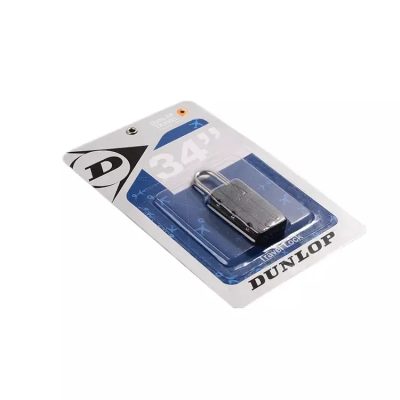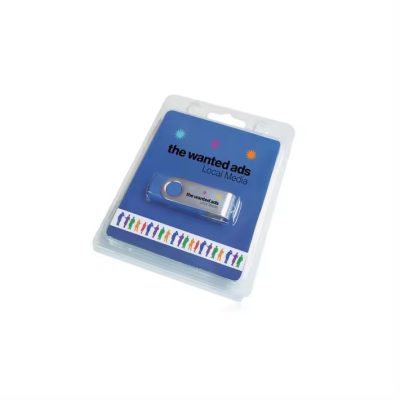In the realm of product packaging, blister card packaging emerges as a strategic blend of aesthetics and practicality, offering manufacturers a versatile solution to showcase their products effectively. This article delves into the intricacies of blister card packaging, exploring its significance, components, benefits, and widespread applications across industries.
Unveiling Blister Card Packaging
Blister card packaging is a packaging technique that combines a transparent plastic blister with a printed cardboard backing to encase and display products attractively. This innovative approach not only provides protection to the product but also enhances its visual appeal, making it stand out on store shelves.
Components and Design Elements
Blister card packaging comprises two essential components:
Blister: Crafted from transparent plastic, the blister securely holds the product while allowing consumers to view its contents. Custom-designed to fit the product’s shape, the blister offers protection against damage and contamination.
Cardboard Backing: Serving as the background for the product, the cardboard backing features colorful graphics, branding elements, and product information. Printed with captivating designs, the backing enhances product visibility and communicates essential details to consumers.
Advantages of Blister Card Packaging
Blister card packaging offers several advantages:
Product Visibility: The transparent blister allows consumers to inspect the product, enabling them to make informed purchasing decisions based on its appearance and features.
Product Protection: The blister provides a protective barrier, safeguarding the product from physical damage, tampering, and environmental factors during storage and transportation.
Brand Promotion: The cardboard backing serves as a branding platform, allowing manufacturers to showcase their logos, slogans, and product attributes prominently. This helps build brand recognition and trust among consumers.
Consumer Convenience: Blister card packaging is easy to open and resealable, providing convenience to consumers while ensuring the product remains fresh and intact.
Applications Across Industries
Blister card packaging finds widespread applications across various industries:
Retail: It is commonly used for packaging consumer goods such as electronics, toys, cosmetics, and office supplies, enhancing product visibility and attracting consumer attention in retail settings.
Pharmaceuticals: In the pharmaceutical sector, blister card packaging is utilized for packaging medications, vitamins, and supplements, ensuring accurate dosage delivery and compliance with regulatory standards.
Food and Beverage: Blister card packaging is employed for packaging individual servings of food and beverage items such as snacks, candies, mints, and chewing gum, offering convenience and product protection.
Conclusion
In conclusion, blister card packaging serves as an effective tool for enhancing product presentation and protecting items during storage and transportation. Its combination of transparency, branding opportunities, and consumer convenience makes it a popular choice for manufacturers across industries looking to showcase their products in an attractive and practical manner. As consumer preferences evolve and market trends change, blister card packaging continues to adapt and innovate, remaining a versatile and indispensable packaging solution in today’s competitive marketplace.







